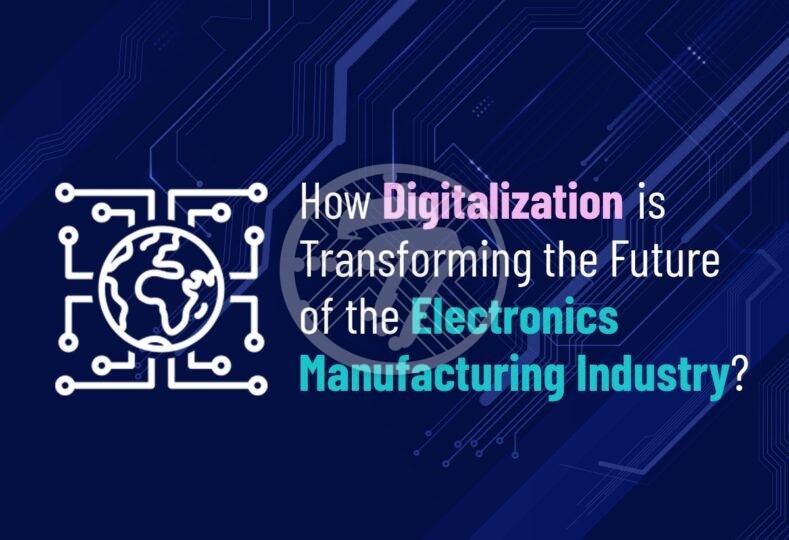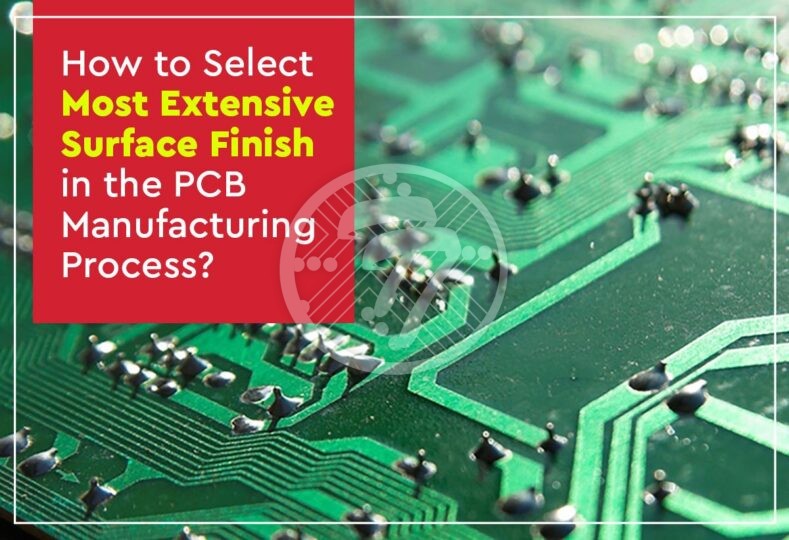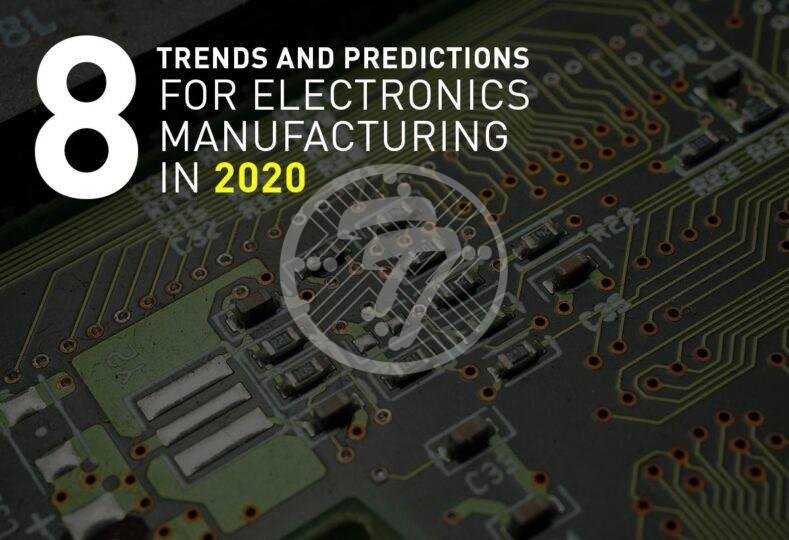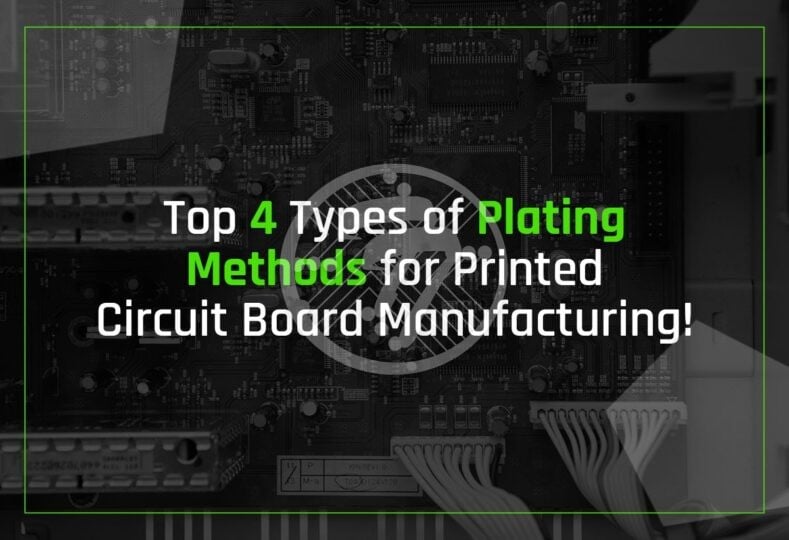How Digitalization is Transforming the Future of the Electronics Manufacturing Industry?

Like many other other industries, the electronics manufacturing industry is also facing a slew of challenges, such as rising global competition as well as increasing consumer expectations.
What is required to meet these challenges is to innovate as also have a greater level of transparency. Now these are tasks that can be achieved with the help of digitalization. The digital supply network includes a wide range of solutions including but not limited to:
- Augmented Reality
- 3D Printing
- Cloud
- Big data
- Internet of Things and more.
Let us look at some of the benefits that are offered by digitalization and which in turn, are transforming the Electronics Manufacturing Industry:
Control of Supply Chain
As opposed to a linear supply chain, a Digital Supply Chain offers an integrated ecosystem where a real time view of aspects such as production and distribution is available. A digital supply chain makes it possible that information is made available to all members of the chain and offers the electronics manufacturer the ability to take full control of their supply chain. Right from sourcing of raw material to final delivery of the product to the consumer, to returns and after-sales, it offers for a high degree of transparency. It also allows the electronics manufacturer to anticipate any potential bottlenecks and to proactively take the necessary action. Check out the top Challenges of Supply Chain Management in Electronics Manufacturing Industry!.
In turn, what this offers the business is a degree of resilience and collaboration.
Smart Manufacturing
A key advantage of digitalization is also the fact that it lends itself to smart manufacturing. This could imply a wide variety of advantages such as:
- Better planning
- Quicker validation of product alternatives
- Improved efficiency of manufacturing operations
- Smart procurement, warehousing and analytics.
Smart manufacturing involves digitalizing data right from PCB design to factory floor optimization and even incorporating customer feedback when it comes to new designs. In turn, what this offers, is a high level of flexibility in managing physical processes that is much needed to meet the dynamic demands of a global market place.
With a digital strategy in place, manufactures can create accurate digital replicas of their products, which in turn, accelerate the development and manufacturing of their real world counterparts. Refining the products and their accuracy therefore becomes far simpler.
With the use of digital technologies such as Artificial Intelligence, analytics, robotics and more, manufacturing processes tend to become more efficient as well as customer-focused. The industry is also well poised to gain from technologies such as Computer aided design and engineering software, which positively impact product accuracy.
Improved lead time for PCB Manufacturing
A key benefit of digitalization of PCB manufacturing also accrues in terms of improved lead time. The way that it manifests itself is that the digital factory is capable of generating fabrication instructions from design data. This significantly reduces tooling and configuration time and significantly improves time to market.
Ability to Manufacture on-demand
PCB and Electronics Production also benefits from digital manufacturing in terms of the ability to manufacture on demand. In fact a layer-by-layer printing process can be utilized to print different variants of a product in a single print run. This allows for rapid prototyping regardless of the level of complexity.
Greater control over cost structure
A key impact of digitalization in the Electronics Manufacturing Industry is in terms of cost. A primary reason for this, of course, is the fact that digitalization reduces the need for human intervention and thereby reduces overall cost and improves efficiency. In turn it renders digital manufacturing companies more competitive.
For the electronics manufacturing industry to reap these benefits, however, what is needed isn’t just the right technology but also the right operating systems. In fact some of the other things that are integral to digitalization success include:
- High degree of acceptance
- Training of people involved
- Business skills and incentives to make it work
Also the way forward for digitalization to transform the Electronics Manufacturing Industry is that the manufacturers do not take to digitalization in a piece meal fashion. While it may seem easier to apply digital solutions for individual functions such as PCB Assembly, supplier collaboration, virtual design and more, the fragmented approach can result in silos that do not allow the business to reap the overall advantages of digitalization. Integrated solutions, on the other hand go a long way in breaking down silos. These solutions span the entire manufacturing lifecycle and bring about horizontal integration.
With changing consumer preferences as well as the pace at which new product development is happening, it is only a matter of time before the industry takes to digitalization at an integrated level and further revitalizes the manufacturing process.
Technotronix Electronics Manufacturing Service combines state-of-the-art technology combines state-of-the-art technology with our advanced engineering to deliver unparalleled quality and service. Our defense, industrial, and medical customers gain a competitive edge with fast prototyping, domestic and off-shore manufacturing and the consistent delivery of high-quality, on-time, price-competitive products.
For PCB Manufacturing Service, Get A Quick Quote!









